Transforming your home with art can feel like a daunting task, but creating a beautiful gallery wall is one of the most stylish ways to showcase your personality and breathe life into any space. Whether you're an art aficionado or simply love decorating, a gallery wall is a creative solution that reflects who you are. With the right approach, your home becomes a canvas, ready for your unique expression.
"Art enables us to find ourselves and lose ourselves at the same time." – Thomas Merton
In this guide, we will explore a step-by-step process, from defining your personal style to adding the finishing touches, ensuring every frame and picture speaks to your taste. Let's dive in and turn those blank walls into a stunning visual narrative that captivates and inspires every guest who walks through your door.
Define Your Style and Purpose
Before you begin, take some time to define the purpose and style of your gallery wall. Think about what you want it to achieve. Is it meant to be the focal point of your living room, a personal touch in your bedroom, or a way to brighten up a hallway? The location will influence the size and arrangement of your display.
Next, consider your personal style. Do you prefer clean lines and symmetry for a modern look, or are you drawn to eclectic designs with varied frame styles and sizes? Understanding your aesthetic will guide every decision you make, from the type of artwork you choose to how you arrange it on the wall.
Finally, think about the mood you want to create. A calming palette of soft neutrals might work best for a bedroom, while bold colours can energize spaces like a home office or playroom.
Gallery Wall Ideas
Need a little creative spark? Here are a few gallery wall styles to consider:
- Family Photo Gallery: Create a heartwarming display using matching frames filled with family photos that evolve over time.
- Themed Gallery Wall: Choose a specific theme—such as travel destinations or botanical art—and curate pieces that reflect that theme cohesively.
- Artistic Collage: Combine various art forms, like paintings and photography, into one cohesive collage that tells a story about who you are.
Curate Your Collection
The key to creating a stunning gallery wall lies in the art and objects you choose. Here are some helpful tips for curating your collection:
- Start with what you have: Look around your home for meaningful items—family photos, postcards from travels, or even children’s artwork. Personal touches make the display unique.
- Mix mediums: Combine framed prints with unframed canvases, mirrors, or even decorative objects like woven baskets or vintage plates. This adds depth and texture to your wall.
- Play with scale: Include pieces of varying sizes. Large artworks can anchor the display, while smaller pieces fill in gaps and create visual balance.
- Stick to a theme: Whether it’s travel photography, abstract art, or botanical prints, having a unifying theme can make your gallery wall feel cohesive.
Plan Your Layout
The layout is one of the most important aspects of creating a successful gallery wall. Before hanging anything on the wall, take time to plan your arrangement thoughtfully. Start by laying out all your pieces on the floor in front of the wall where they’ll be displayed. This allows you to experiment with different configurations without committing to anything permanent.
Before hammering nails into the wall, plan your arrangement thoughtfully. There are several layout styles to consider:
- Symmetrical Grid: A structured and polished approach using same-sized frames.
- Asymmetrical Flow: A looser, organic arrangement that feels curated over time.
- Plumb Line: A vertical stack of frames, perfect for narrow walls or spaces between doors.
- Leading Line: A diagonal arrangement that draws the eye upward—great for staircases.
- Box Shape: Arrange frames into a square or rectangular perimeter for a cohesive look.
How to Test Your Layout
✔ Use the floor trick: Lay out your artwork on the floor first to experiment with different configurations.
✔ Use painter’s tape: Cut paper templates in the shape of your frames and tape them to the wall for a preview before committing.
✔ Follow the 145cm rule: For the best viewing experience, aim to position the center of your gallery wall at approximately 145cm from the floor—a standard used by designers for optimal artwork placement.
Frame It Right

Frames play a crucial role in setting the tone for your gallery wall. They should complement both the artwork and the overall aesthetic of your space. If you’re going for an eclectic look, mix different frame styles—such as wooden frames for warmth, metallic or black frames for modernity, or ornate frames for a vintage touch. For a more uniform appearance, stick to one frame style in varying sizes.
Matting can also elevate your display by adding breathing room around busy artworks or photographs. It draws attention to individual pieces while creating a polished look.
Hang Your Artwork
Hanging your gallery wall is where all your planning comes together. Follow these steps for success:
-
Start with the centerpiece: Hang your largest or most eye-catching piece first at eye level (about 145–152 cm from the floor). Build outward from there.
-
Maintain consistent spacing: Aim for 5–10 cms between frames for balance and cohesion.
-
Use proper tools: Invest in picture-hanging hardware like hooks and anchors that can support heavier pieces securely.
- Level as you go: Use a level tool to ensure each piece is straight—crooked frames can throw off the entire display.

Add Unique Touches
To make your gallery wall truly stand out, consider incorporating elements beyond traditional framed art. Textured items like woven baskets or fabric art add dimension and intrigue. Floating shelves integrated into the display allow you to showcase small plants or decorative objects alongside artwork. For more inspiration on designing your unique space, explore our Gallery Wall Ideas section.
Art Arrangement Tips
To enhance your gallery wall further, here are some essential art arrangement tips to keep in mind:
- Start with larger pieces: Begin by placing your largest or most eye-catching artwork first. This will serve as the focal point of your display.
- Create balance: Arrange smaller artworks around the larger pieces to maintain visual balance across different sections of the wall. Distribute colours and themes evenly to create harmony.
- Experiment with heights: Don’t hesitate to vary the heights of your pieces. Hanging some artworks slightly higher or lower than others can add dynamic interest without feeling chaotic.
- Group similar themes: Consider grouping artworks that share similar colours, themes, or styles. This creates visual connections and makes the arrangement feel cohesive.
- Leave breathing room: Avoid overcrowding. If an area feels too crowded, remove an item until the display achieves a more harmonious look.
- Use templates: Before committing to hanging, use paper templates cut to the size of each piece. Tape these to the wall to visualise your arrangement and make adjustments easily.
Final Touches
Once your gallery wall is up, take time to live with it. Adjust if something feels off—sometimes small shifts make a big difference. Add complementary decor like a console table or indoor plants to enhance the display.
Lighting can also enhance your gallery wall significantly. Picture lights mounted above key pieces draw attention while creating ambience in the room. Alternatively, use sconces or string lights for softer illumination that highlights multiple elements at once.

Ready to Create Your Own Gallery Wall?
Now that you’ve learned how to create a gallery wall from start to finish, it’s time to bring your vision to life! Start curating meaningful pieces today and transform any blank space into an inspiring focal point that reflects who you are.
Need a little extra help designing your gallery wall? Get our free gallery wall layout guide for ideas on how you could bring your gallery wall to life.
For beautiful prints that will elevate your collection even further, visit www.havenprints.com.au today!

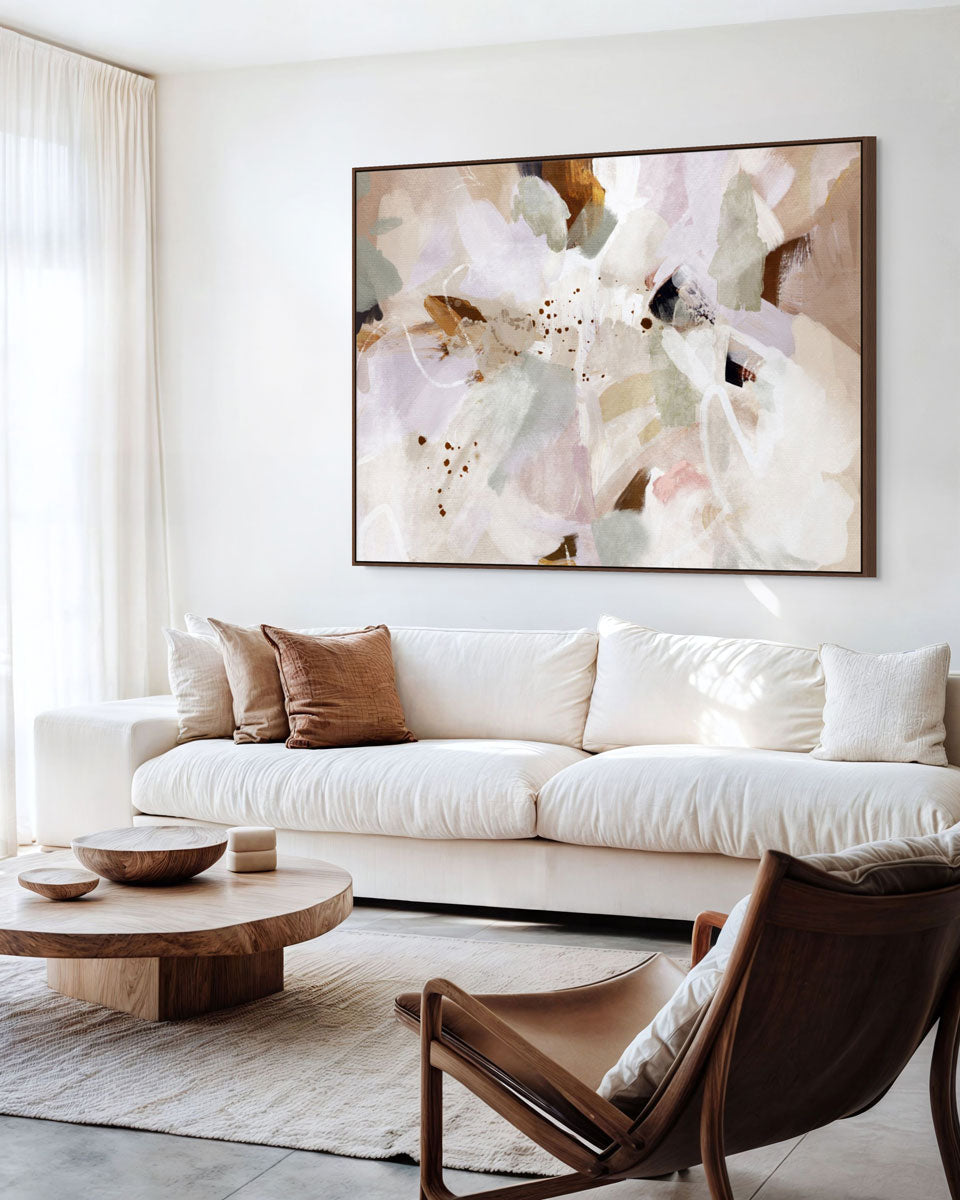
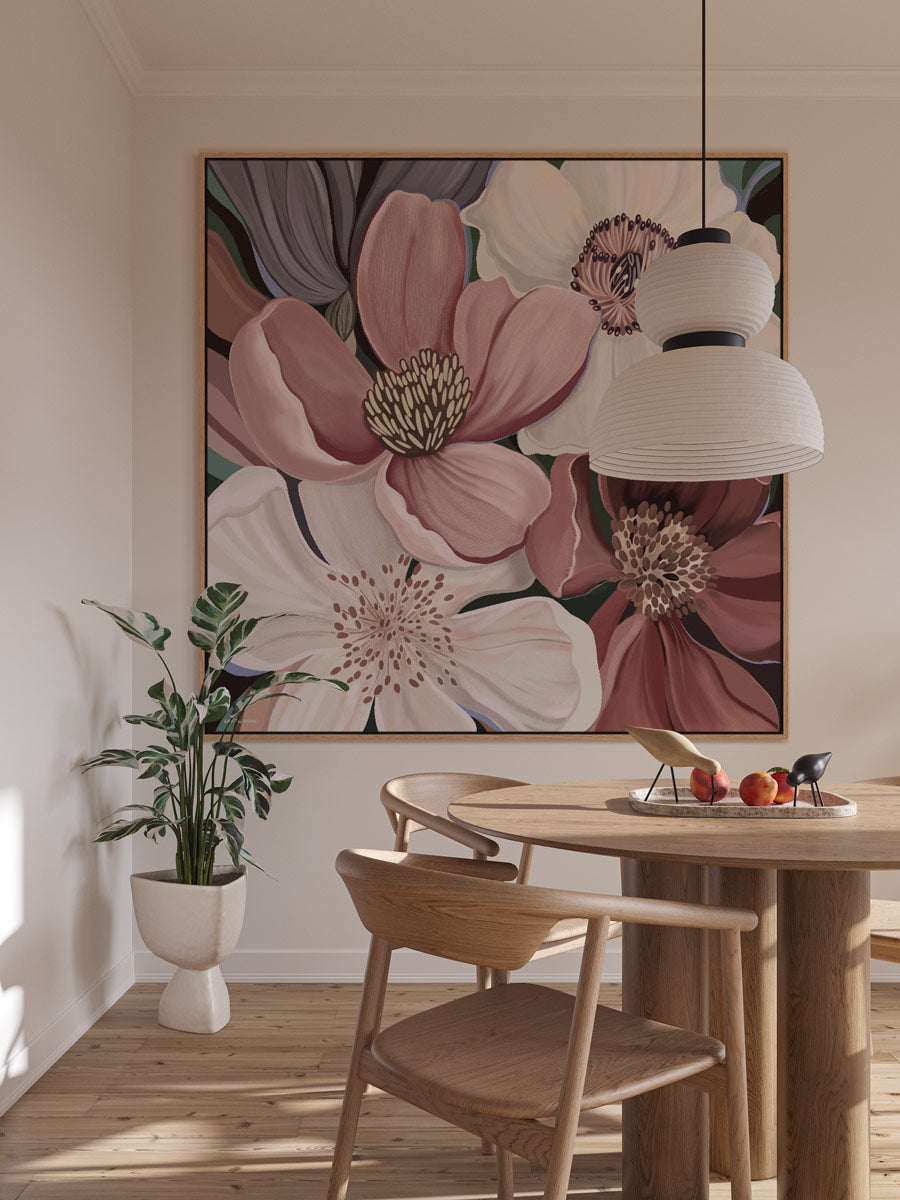
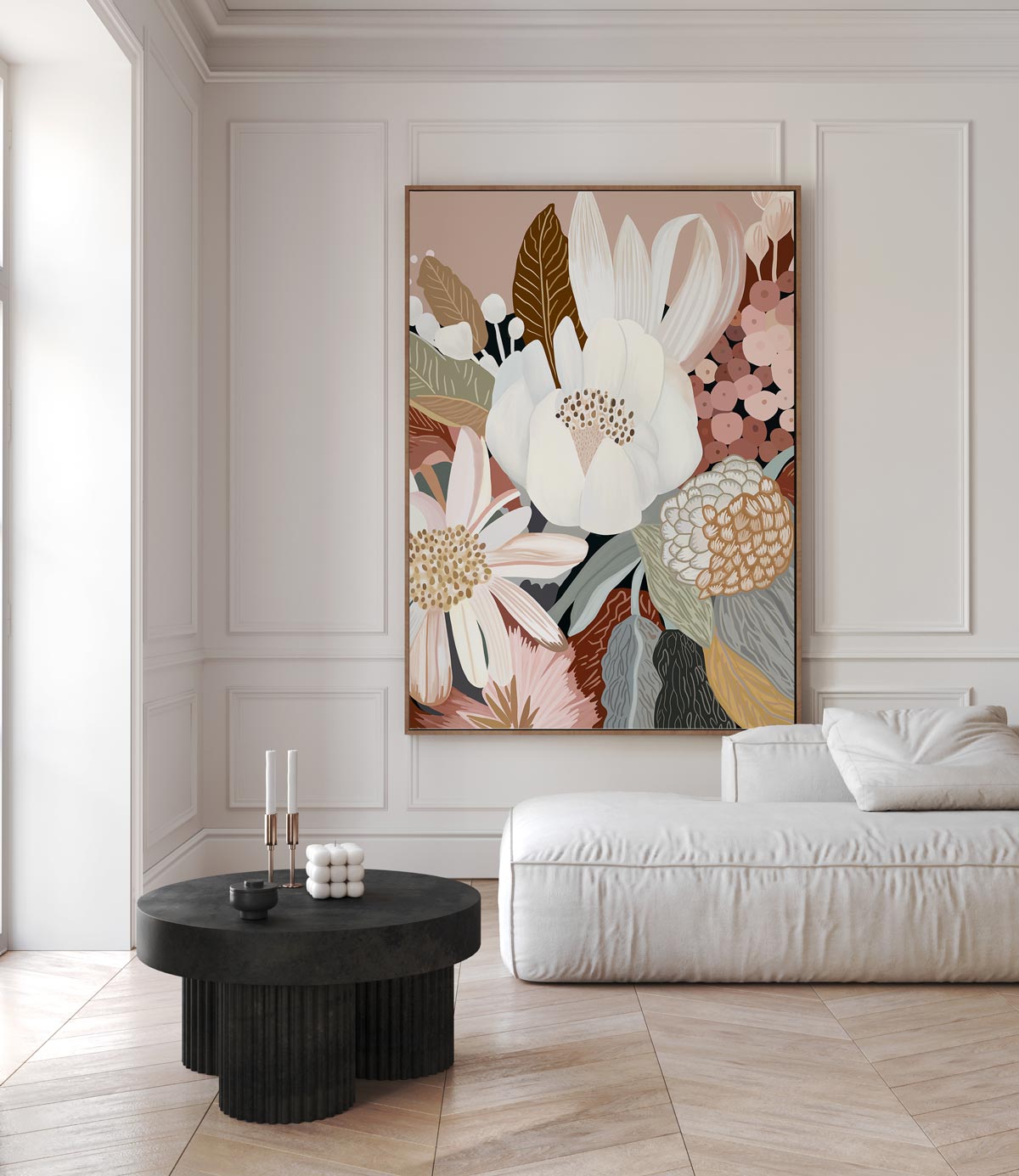
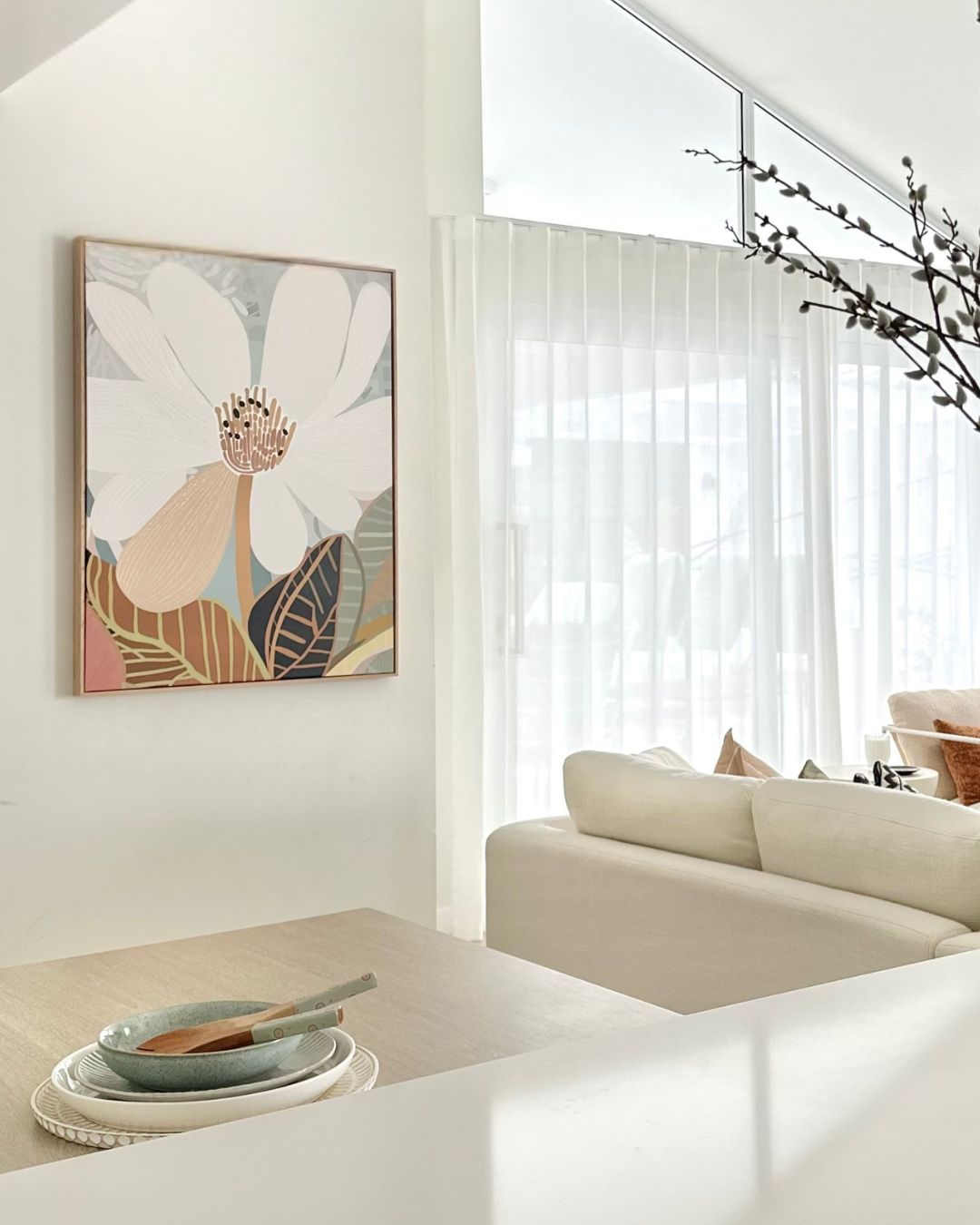
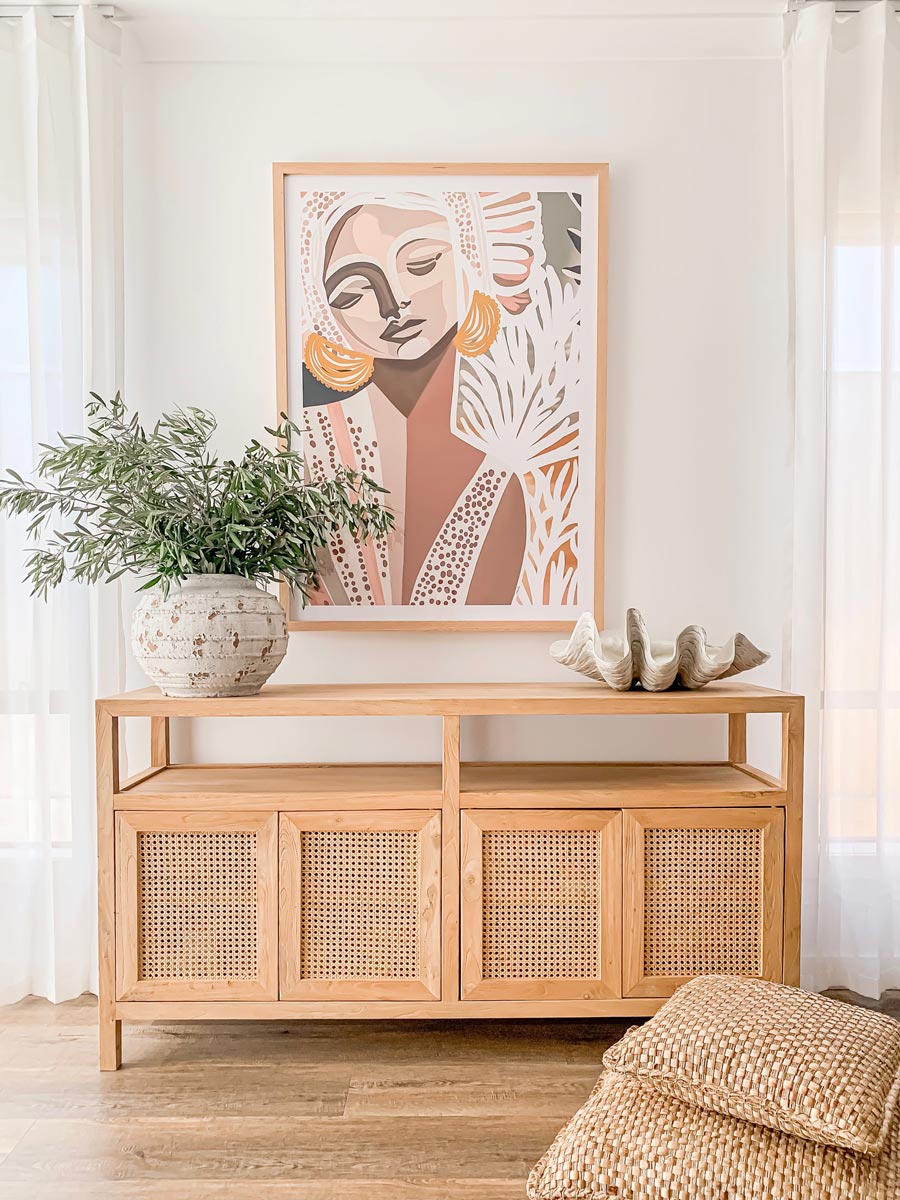


Leave a comment